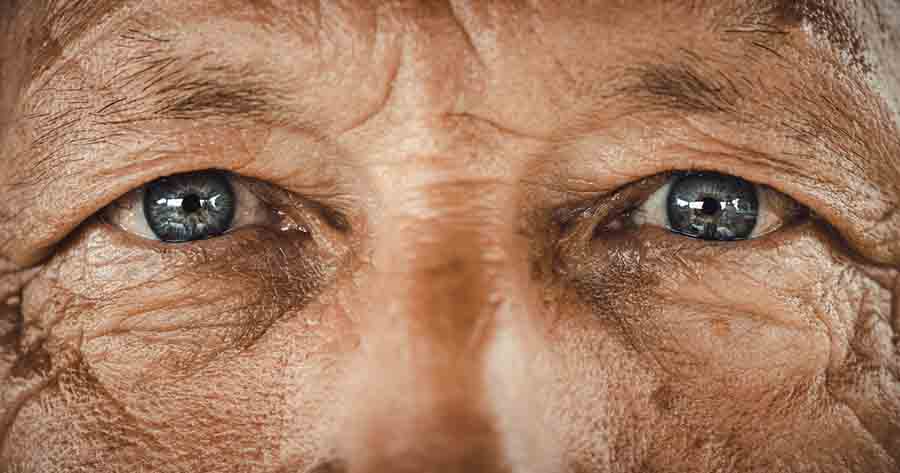It seems that almost on a daily basis another hurricane is reported to be causing havoc and destruction to the population and area unfortunate enough to be in its path. The article by Sara Da Costa and Joy Williams recounting the damage and desolation caused by sewage flooding in a diabetes centre in southern England illustrates that the meaning of disaster can be analysed on different levels and within very different contexts.
From a global perspective, during the past 20 years, over 6000 natural disasters have adversely affected the lives of more than 5 million people around the world. During such disasters, developing health systems – already hampered by inadequate infrastructure and insufficient resources – become rapidly overwhelmed. Although the geographical context may vary, in such situations the experiences of people have been depressingly similar across the globe. Factors such as lack of food, shelter, electricity and fresh water, stress, and loss of medication adversely affect the whole populace. However, because of these factors people with diabetes are at greater risk than the general population.
Though the immediate concern of health workers and government officials following a disaster is almost always that of infectious disease, the tsunami in South-East Asia in 2004 and Hurricane Katrina in 2005 highlighted the importance of addressing chronic conditions, such as diabetes, during the emergency response to natural or man-made disasters. The International Diabetes Federation (IDF) has developed the TIDES (Towards Improvement in Diabetes in Emergency Settings) programme in an attempt to address such situations and improve the outcomes for people with diabetes (http://www.idf.org/home/index.cfm?node=1631).
The primary objective of the TIDES programme is to work with other health organisations to reduce morbidity and mortality in people with diabetes in the aftermath of a natural or man-made disaster, through awareness, engagement and education. The major aims of the programme are to ensure that emergency response strategies include an adequate action plan for people with diabetes; that governments, organisations and healthcare workers in the disaster area understand the seriousness of diabetes, are aware of the different types of diabetes, and are informed about the importance of a sustainable supply of insulin for people with type 1 diabetes.
As well as the TIDES programme, the IDF set up a Task Force on Insulin, Test Strips and Other Diabetes Supplies to meet the challenges posed by the lack of access to, and availability of, insulin and diabetes supplies in many countries. The programme aims to increase accessibility to insulin and diabetes supplies not only during emergency situations but also in areas where it is known that people regularly have difficulty in procuring appropriate medication and diabetes supplies. To contribute towards achieving this, the Task Force has developed the Association Twinning Initiative, which aims to encourage IDF member associations in developed countries to ‘twin’ with associations in developing countries to initiate and implement projects to improve access to insulin and diabetes supplies (http://www.idf.org/home/index.cfm?node=1307). The Task Force also collaborates with major insulin and diabetes supplies manufacturers and with not-for-profit organisations to distribute emergency supplies in situations of acute need.
Although much less devastating compared to the global catastrophes discussed above, the situation in which the authors of the following article suddenly found themselves evoked emotions similar to those described by people caught up in the aftermath of a natural disaster, such as Hurricane Katrina. They reported feeling stressed, shocked, displaced and being out of control – and, just as with global emergencies, they reflected on the importance of team work, networks, strategic planning and human kindness. From an individual perspective the diagnosis of diabetes can be a very personal ‘disaster’, and although difficult to compare to global or local disasters, for the individual this personal disaster can be as devastating and produce many of the emotions cited above. Reflecting on the meaning of disaster at these different levels it becomes apparent that disasters can happen at any time and in very many shapes and forms.





Su Down looks back on a year of change and achievement.
17 Dec 2024